Intro
Discover the ultimate Head MRI Test Guide, covering preparation, procedures, and results. Learn about brain MRI scans, neuroimaging, and diagnostic imaging techniques.
The head MRI test is a non-invasive and pain-free diagnostic procedure that uses a strong magnetic field and radio waves to produce detailed images of the brain and its surrounding tissues. This test is commonly used to diagnose and monitor a wide range of conditions, including stroke, brain tumors, and neurological disorders such as multiple sclerosis and Alzheimer's disease. In this article, we will delve into the world of head MRI tests, exploring their importance, benefits, and what to expect during the procedure.
The head MRI test is a crucial diagnostic tool that helps doctors to visualize the brain's structure and function in great detail. This allows them to identify abnormalities, such as tumors, cysts, and vascular malformations, and to monitor the progression of diseases over time. The test is also used to guide surgical procedures, such as biopsies and tumor removals, and to plan radiation therapy. With the help of head MRI tests, doctors can provide accurate diagnoses and develop effective treatment plans, which can significantly improve patient outcomes.
The importance of head MRI tests cannot be overstated. These tests have revolutionized the field of neurology, enabling doctors to diagnose and treat conditions that were previously difficult or impossible to detect. For example, head MRI tests can detect early signs of stroke, allowing doctors to administer timely treatment and prevent long-term damage. They can also identify brain tumors, enabling doctors to develop targeted treatment plans and improve patient survival rates. In addition, head MRI tests can help doctors to monitor the progression of neurological disorders, such as multiple sclerosis, and to adjust treatment plans accordingly.
What is a Head MRI Test?
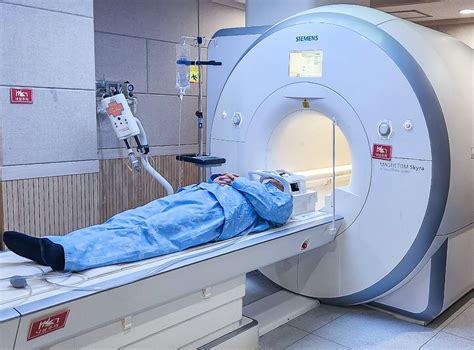
How Does a Head MRI Test Work?
The head MRI test works by using a strong magnetic field to align the hydrogen atoms in the body, and then using radio waves to disturb these atoms, producing signals that are used to create images of the brain. The test is typically performed in a series of stages, each of which involves a different type of imaging sequence. The most common types of imaging sequences used in head MRI tests are T1-weighted and T2-weighted images, which provide detailed information about the brain's structure and function.Benefits of a Head MRI Test
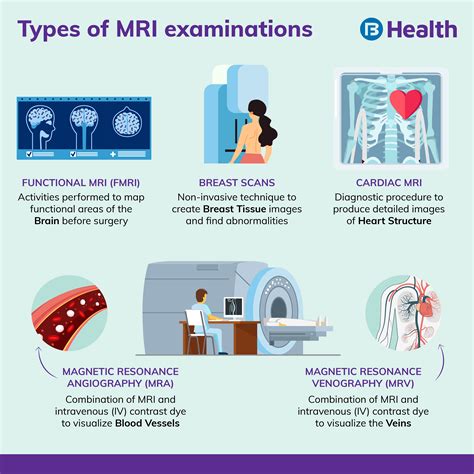
What are the Advantages of a Head MRI Test?
The advantages of a head MRI test include: * High-resolution images of the brain and its surrounding tissues * Non-invasive and pain-free procedure * No ionizing radiation used * Can diagnose and monitor a wide range of conditions * Can guide surgical procedures and radiation therapyHow to Prepare for a Head MRI Test
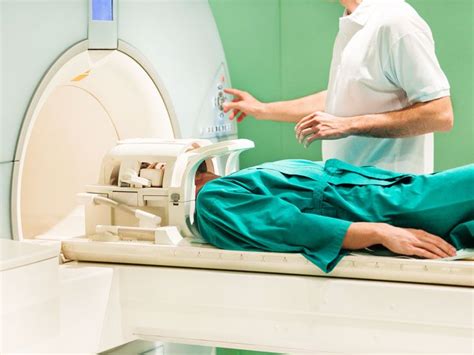
What to Expect During a Head MRI Test
During a head MRI test, patients can expect the following: * To lie on a table that slides into a large, cylindrical machine * To wear a headset or earplugs to protect their hearing * To remain still and quiet during the test * To hear loud knocking or banging sounds during the test * To feel a sense of claustrophobia or discomfort, which can be alleviated with sedation or other relaxation techniquesRisks and Complications of a Head MRI Test
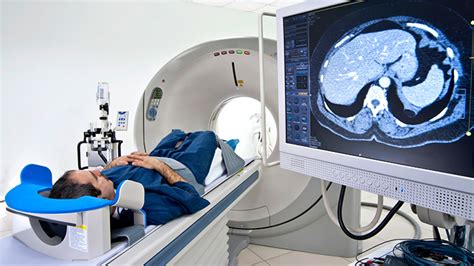
What are the Side Effects of a Head MRI Test?
The side effects of a head MRI test are typically mild and temporary. They may include: * Claustrophobia or discomfort * Headache or dizziness * Nausea or vomiting * Allergic reactions to the contrast agent * Kidney damage or other complications from the contrast agentInterpreting the Results of a Head MRI Test
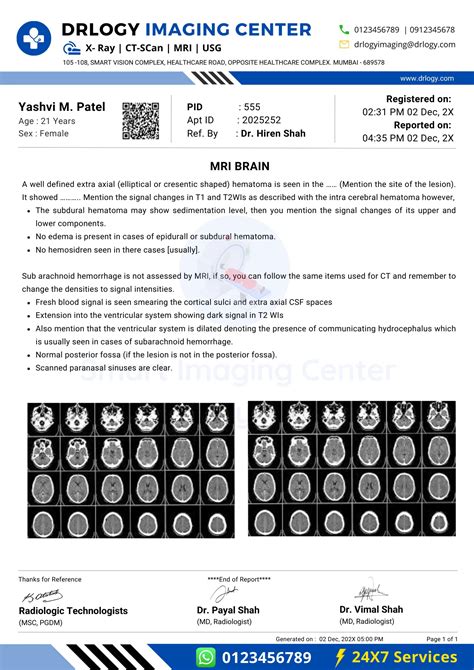
What do the Results of a Head MRI Test Mean?
The results of a head MRI test can have a significant impact on patient care and treatment. For example, if the test reveals a tumor or other abnormality, the patient may require surgical intervention or other treatment. If the test reveals signs of stroke or other vascular disease, the patient may require medication or other interventions to prevent further damage.Conclusion and Next Steps

We invite you to share your thoughts and experiences with head MRI tests in the comments section below. Your feedback and insights can help others to better understand this diagnostic procedure and its benefits. Additionally, if you found this article informative and helpful, please consider sharing it with others who may be interested in learning more about head MRI tests.
What is a head MRI test used for?
+A head MRI test is used to diagnose and monitor a wide range of conditions, including stroke, brain tumors, and neurological disorders such as multiple sclerosis and Alzheimer's disease.
How long does a head MRI test take?
+A head MRI test typically takes 30-60 minutes to complete, depending on the type of test and the number of images required.
Is a head MRI test safe?
+Yes, a head MRI test is generally safe and non-invasive. However, patients with certain medical conditions, such as claustrophobia or metal implants, may be at risk of adverse reactions.
Can I eat or drink before a head MRI test?
+It is generally recommended to avoid eating or drinking anything that contains metal, such as food with metal packaging, before a head MRI test. However, you can eat and drink normally before the test, unless otherwise instructed by your doctor.
Will I feel any pain or discomfort during a head MRI test?
+No, a head MRI test is a non-invasive and pain-free procedure. However, you may feel a sense of claustrophobia or discomfort during the test, which can be alleviated with sedation or other relaxation techniques.
